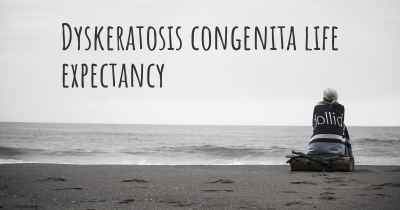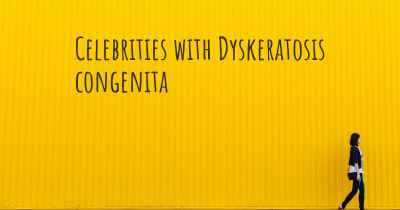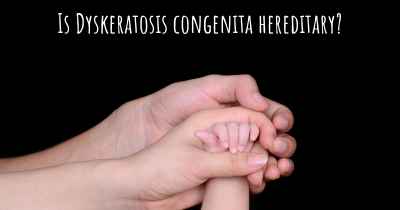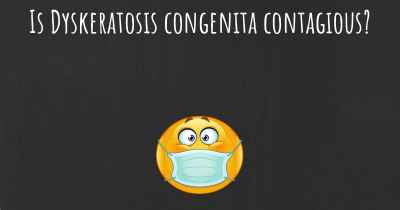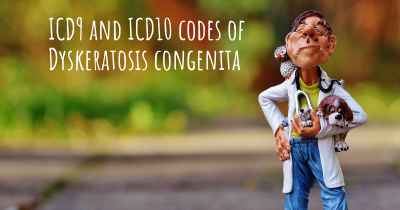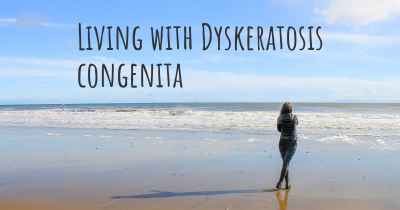Can people with Dyskeratosis congenita work? What kind of work can they perform?
See how people with experience in Dyskeratosis congenita give their opinion about whether people with Dyskeratosis congenita can work and what kind of jobs are more appropriated for people with Dyskeratosis congenita
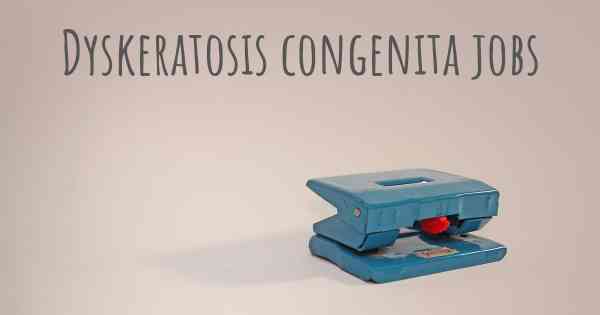
Can people with Dyskeratosis congenita work? What kind of work can they perform?
Dyskeratosis congenita (DC) is a rare genetic disorder that affects multiple systems in the body, including the skin, nails, and bone marrow. It is characterized by a range of symptoms, such as abnormal skin pigmentation, nail dystrophy, and bone marrow failure. Given the nature of this condition, individuals with Dyskeratosis congenita may face certain challenges in the workplace. However, it is important to note that the ability to work and the type of work that can be performed can vary greatly depending on the severity of the condition and individual circumstances.
Workability and Accommodations:
While Dyskeratosis congenita can present physical limitations, it does not necessarily mean that individuals with this condition cannot work. Many people with DC are able to lead productive lives and pursue meaningful careers. However, it is crucial for employers to provide reasonable accommodations to ensure that individuals with Dyskeratosis congenita can perform their job duties effectively.
Types of Work:
The type of work that individuals with Dyskeratosis congenita can perform largely depends on their specific abilities, skills, and limitations. It is important to consider the physical and medical aspects of the condition when determining suitable employment options. Some individuals with DC may be able to engage in jobs that do not require strenuous physical activity or prolonged standing, such as office-based roles.
Examples of Suitable Jobs:
1. Administrative and Clerical Work: Many individuals with Dyskeratosis congenita can excel in administrative and clerical roles. These jobs typically involve tasks such as data entry, filing, answering phone calls, and organizing paperwork. They often require good organizational skills, attention to detail, and the ability to work independently.
2. Customer Service: Jobs in customer service, such as call center representatives or customer support agents, can be suitable for individuals with Dyskeratosis congenita. These roles involve interacting with customers, addressing their inquiries or concerns, and providing assistance. Strong communication and problem-solving skills are essential for success in these positions.
3. Writing and Editing: Individuals with Dyskeratosis congenita who have a passion for writing can explore careers in content creation, copywriting, or editing. These roles can be performed remotely or in an office setting, depending on the employer's flexibility. Writing and editing jobs often require strong language skills, creativity, and attention to detail.
4. IT and Computer-based Work: Some individuals with Dyskeratosis congenita may have a knack for technology and computer-related tasks. Jobs in IT support, software development, or data analysis can be suitable options. These roles often require problem-solving abilities, technical knowledge, and the ability to work with computers and software systems.
5. Research and Analysis: Individuals with Dyskeratosis congenita who have a strong interest in research and analysis can consider careers in fields such as market research, data analysis, or scientific research. These roles often involve collecting and analyzing data, conducting experiments, and drawing conclusions. Strong analytical and critical thinking skills are essential for success in these positions.
Conclusion:
While Dyskeratosis congenita can present challenges in the workplace, individuals with this condition can still pursue a wide range of careers. The key is to find jobs that align with their abilities, skills, and limitations. Employers should provide reasonable accommodations to ensure that individuals with Dyskeratosis congenita can perform their job duties effectively. It is important to approach each case individually and consider the specific needs and abilities of the person with DC. With the right support and accommodations, individuals with Dyskeratosis congenita can lead fulfilling and productive work lives.
